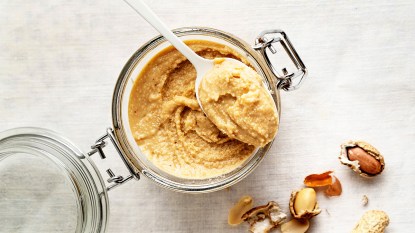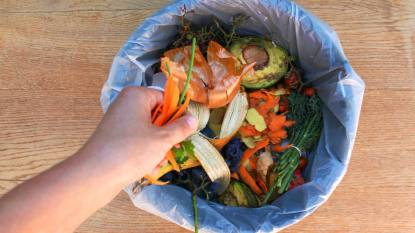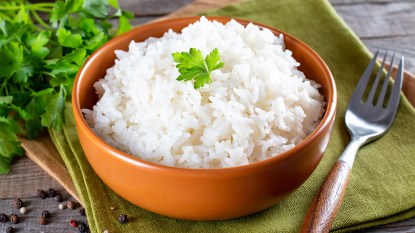Does Soaking Salmon in Milk Get Rid of the Fishy Smell? We Put It to the Test
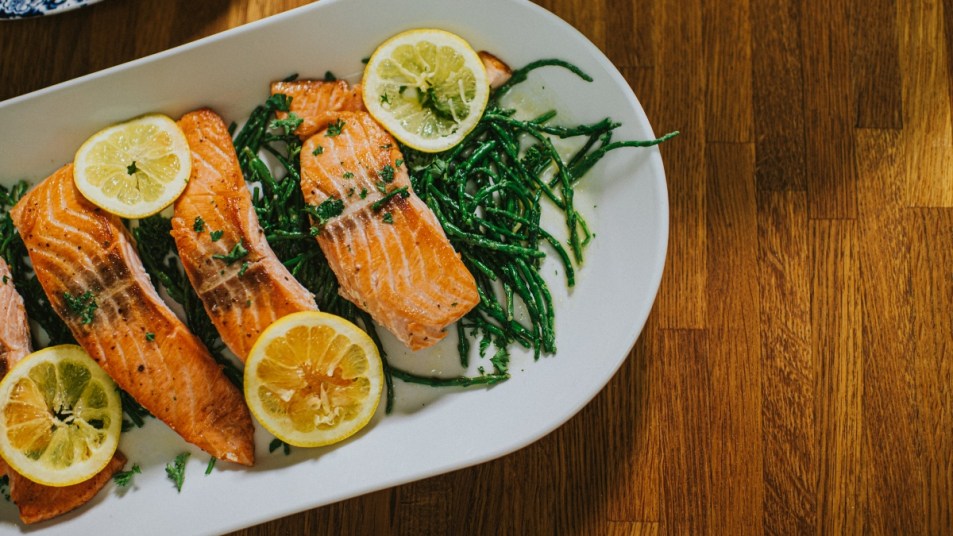
Fresh, broiled salmon is one of my favorite meals. It’s so easy and delicious! All I do is broil a fresh piece of salmon until the edges are crisp and buttery, and the inside is tender and juicy. With a squeeze of lemon and a crack of salt and pepper, it’s ready to serve. But sometimes, that fishy smell when comes out of the oven is, well, strong. That’s why I was so excited to come across a smell-free hack: Soaking salmon in milk.
I wasn’t convinced at first — soaking salmon in milk doesn’t sound appealing whatsoever. Wouldn’t the fillets fall apart if they soaked for too long? Would the milk absorb the flavor as well, leaving the salmon tasteless? Would it be a waste of milk?
I went down the rabbit hole in search of answers. Here’s what I found: Chefs have used milk to reduce fishy odors for years. The secret is that fish contains trimethylamine-oxide (TMAO), an organic compound. Normally, TMAO is colorless, odorless, and flavorless. When it breaks down into trimethylamine, however, it creates the fishy odor that turns so many of us off. That’s where milk can help. Milk contains casein, a protein that binds to trimethylamine and neutralizes the stink.
So, there’s science to back it up, but does it really work? I decided to try it for myself.
Does soaking salmon in milk really work?
To test out milk’s ability to neutralize odor, I bought a fillet of fresh salmon and a container of whole milk. Why whole milk? There was no particular reason, but I hoped that the extra fat content would boost the flavor of the fish.
When I opened the package of fish, it didn’t have a fishy smell. I worried that the lack of smell would make it difficult to detect a difference after soaking, but it didn’t! (More on that later.)
I cut the fillet into two equal-sized pieces and soaked one half in a bowl of milk for about 20 minutes. Then, I placed the milk-soaked fillet on one baking sheet and the plain fillet on another. I turned the oven on to “broil” and cooked the plain fillet first. In the meantime, I simmered minced garlic and olive oil in a pan and added in the used milk and a pat of butter. (I didn’t want to waste the milk, so I decided to make it into a sauce!)
When the plain salmon was ready, I pulled it out of the oven and immediately noticed a strong, fishy smell. It didn’t permeate the entire house, but it was certainly strong. I then broiled the milk-soaked fillet for the same amount of time. When I pulled it out, I was instantly impressed. It had a very faint smell, and only when I leaned in to sniff it.
I served both fillets the same way: with green beans, rice, and creamy garlic sauce on top. I squeezed lemon juice on top, and voilà! Dinner was ready. It wasn’t the prettiest plate of food, but it was delicious.
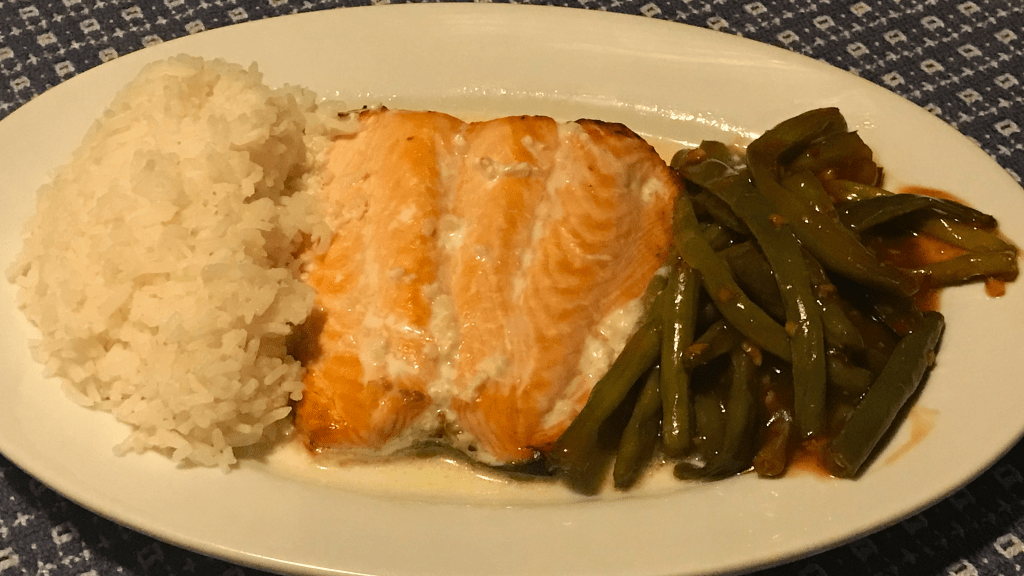
In terms of texture, both cuts of the fillet were deliciously crispy on the outside and soft on the inside. The plain salmon was a bit stronger, but not by much. Since the salmon was fresh and not frozen, it didn’t surprise me that it was naturally mild. Still, I greatly appreciated the fact that the milk-soaked salmon had almost no scent when it was cooked.
Do you need to rinse fish after soaking in milk?
There’s no need to rinse off your fish once you’ve soaked it in milk! I chose not to rinse it off and saved myself an extra step. Plus, the milk imparted no flavor.
How long should you soak the salmon in milk?
I soaked my fillet for about 20 minutes, which was enough to get rid of the fishy smell. However, other home cooks have soaked their salmon for at least four hours, and sometimes overnight. It’s up to you, but it’s good to know that you could soak the fish right before dinner if you forgot and you’re in a pinch.
Can you soak salmon in dairy-free milk?
I have yet to try soaking salmon in dairy-free milk, such as almond milk, but I hear that it works just as well. TikTok user Austin Stewart posted a video using almond milk and claims that it works wonderfully to reduce a fishy smell and flavor.
While almond milk doesn’t contain casein — the protein in real milk that eliminates the fish odor — Stewart says it still works. And if it doesn’t work for you, you can always try soaking the fish in lemon juice and water, which is supposed to reduce the odor as well. With this new trick up your sleeve, you’ll be well on your way to an odor-free kitchen on salmon night. (As a bonus, check out this tip for reheating salmon without stinking up your kitchen, these delicious leftover salmon recipes and this story on how to turn salmon skin crispy when cooking it.)


